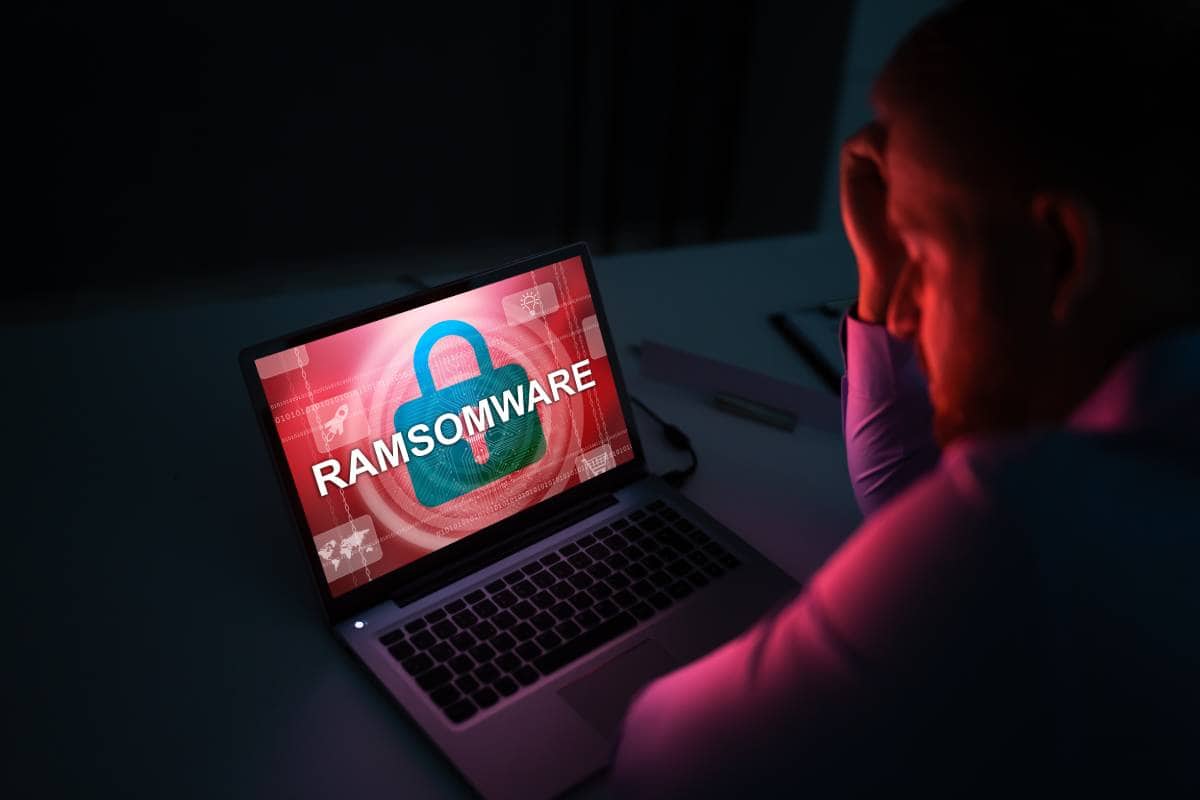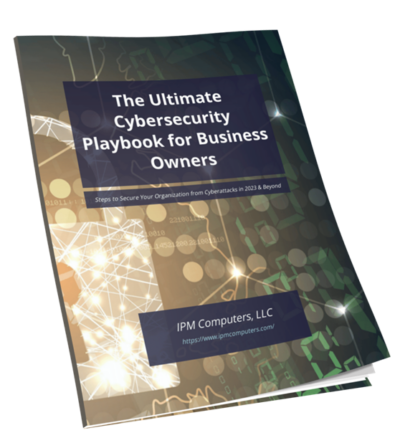The threat of data extortion is a growing concern for individuals and organizations alike. Cybercriminals are constantly on the lookout for opportunities to exploit vulnerabilities in our systems and gain unauthorized access to sensitive information, holding it hostage until their demands are met.
As a result, protecting your valuable data has become an essential practice that cannot be overlooked. We’ll look into effective strategies and proactive measures you can undertake to safeguard your data from the clutches of digital extortionists.
By arming ourselves with knowledge and implementing robust security measures, we can ensure that our personal information remains secure from potential threats lurking in cyberspace.
The Threats and Consequences of Digital Extortion
With cybercriminals constantly seeking opportunities to exploit vulnerabilities in systems, it has become imperative for individuals and organizations to prioritize protecting their valuable data.
The consequences of falling victim to ransomware attacks can be devastating both personally and professionally. Hackers gain unauthorized access to sensitive information, encrypting it and holding it hostage until their demands are met. Thus, understanding the threats posed by cyber attackers is crucial in taking necessary precautions.
These insights into preventive measures that individuals and organizations must undertake promptly will help protect their data from falling into the clutches of malicious actors.
Strategies for Preventing Ransomware Attacks
To prevent ransomware attacks and protect your data from digital extortion, it is crucial to implement preemptive measures and strategies. Firstly, regular backup of all important files and data is key.
This will help ensure that even if your system gets infected with ransomware, you can easily restore your files without giving in to the cybercriminal’s demands. It is recommended to use an automated backup system that stores copies of your data on a secure remote server or offline storage.
Another effective strategy is keeping all software up-to-date. Cybercriminals often exploit vulnerabilities in outdated software to gain unauthorized access to systems.
Regularly installing updates and patches for operating systems, antivirus programs, web browsers, and other software applications can significantly reduce the risk of ransomware attacks.
Why Cyber Resilience is Vital Against Ransomware
The security posture of individuals and organizations is critical in defending against the ever-increasing threat of ransomware attacks. Cyber resilience, defined as the ability to withstand and recover from cyber threats, has become vital in safeguarding sensitive information from digital extortionists.
Ransomware attacks involve encrypting valuable data and demanding payment for its release, leaving victims with no choice but to comply or risk losing their information indefinitely.
To protect against such attacks, it is essential to adopt a proactive approach towards cybersecurity. This entails implementing strong technical controls such as firewalls and antivirus software, regularly updating systems with patches and security updates, and employing effective user access management protocols.
Cyber resilience not only involves being prepared for potential threats but also developing response plans for swift action should an attack occur.
Backups Recovery and Contingency Planning
Data protection is of utmost importance in today’s interconnected digital world, where the threat of data extortion looms large. One key aspect of data protection is backups and recovery, which involves regularly creating copies of important files and storing them on separate systems or mediums.
By implementing a robust backup strategy, individuals and organizations can ensure that their data remains safe even in the event of cyber-attacks or system failures. Regularly testing the backup process and verifying the integrity of backed-up data are also critical to guarantee a successful recovery when needed.
Contingency planning is another essential component for protecting your valuable data from digital extortion. This involves developing a thorough plan to mitigate risks and respond effectively if a breach occurs.
A well-executed contingency plan outlines various steps including procedures for incident response, communication protocols, identification and isolation of affected systems, as well as providing guidance on how to restore compromised data safely while minimizing downtime.
Prioritizing these strategies allows businesses to not only protect themselves but also maintain customer trust by safeguarding sensitive information from falling into the wrong hands.
Employee Education and Training to Defend Against Ransomware
Cyber hygiene is a crucial aspect of protecting your organization’s data from ransomware attacks. One key element of cyber hygiene is employee education and training. It is essential to educate and train employees on the risks, consequences, and preventative measures associated with ransomware attacks.
Providing comprehensive education on cybersecurity best practices helps employees become better equipped to identify suspicious emails, phishing attempts, or other malicious activities that could lead to a ransomware attack.
Employees should be trained to avoid clicking on unfamiliar links or downloading attachments from unknown sources. Regular training sessions should also emphasize the importance of keeping software up-to-date and utilizing strong passwords.
It is essential for organizations to create a culture of awareness around cyber threats through ongoing communication campaigns. This can include regular newsletters or reminders about potential risks, proactive measures being taken by the company to combat cyber threats, and tips for maintaining good cyber hygiene both at work and at home.
Safeguarding Your Data from Ransomware Threats
Safeguarding your data from ransomware threats requires a multi-faceted approach that combines effective strategies and proactive measures.
The first step is to ensure that your systems and software are up to date with the latest security patches and updates.
Regularly backing up your data offline or in the cloud is another crucial measure to protect against ransomware attacks.
Also, educating yourself and your team about common phishing techniques can help prevent unknowingly falling victim to ransomware threats. Being cautious when opening emails or clicking on suspicious links is essential in avoiding malware infections.
Implementing strong access controls and encryption methods for sensitive data can also provide an added layer of protection, making it more difficult for cybercriminals to gain unauthorized access.
Maintaining a constant awareness of emerging cyber threats and staying updated on digital security best practices will allow individuals and organizations alike to effectively counter the growing menace of data extortion.
By being vigilant in implementing these safeguards, you can mitigate risks associated with ransomware attacks and confidently protect your valuable data from falling into the wrong hands.
Fortify Your Data With Warsaw Cybersecurity Solutions
In a landscape fraught with potential threats, safeguarding your data is paramount. Our comprehensive guide has equipped you with essential insights into protecting your valuable information from the clutches of digital extortion. As a trusted partner in North Carolina cybersecurity, IPM Computers stands ready to fortify your defenses.
Don’t wait until the storm hits—secure your data with our cutting-edge solutions. Contact us today for personalized assistance, ensuring robust data backup in Warsaw, NC. Your peace of mind is our priority, defending you against the specter of data loss in Warsaw. Act now, and fortify your digital fortress with IPM.





